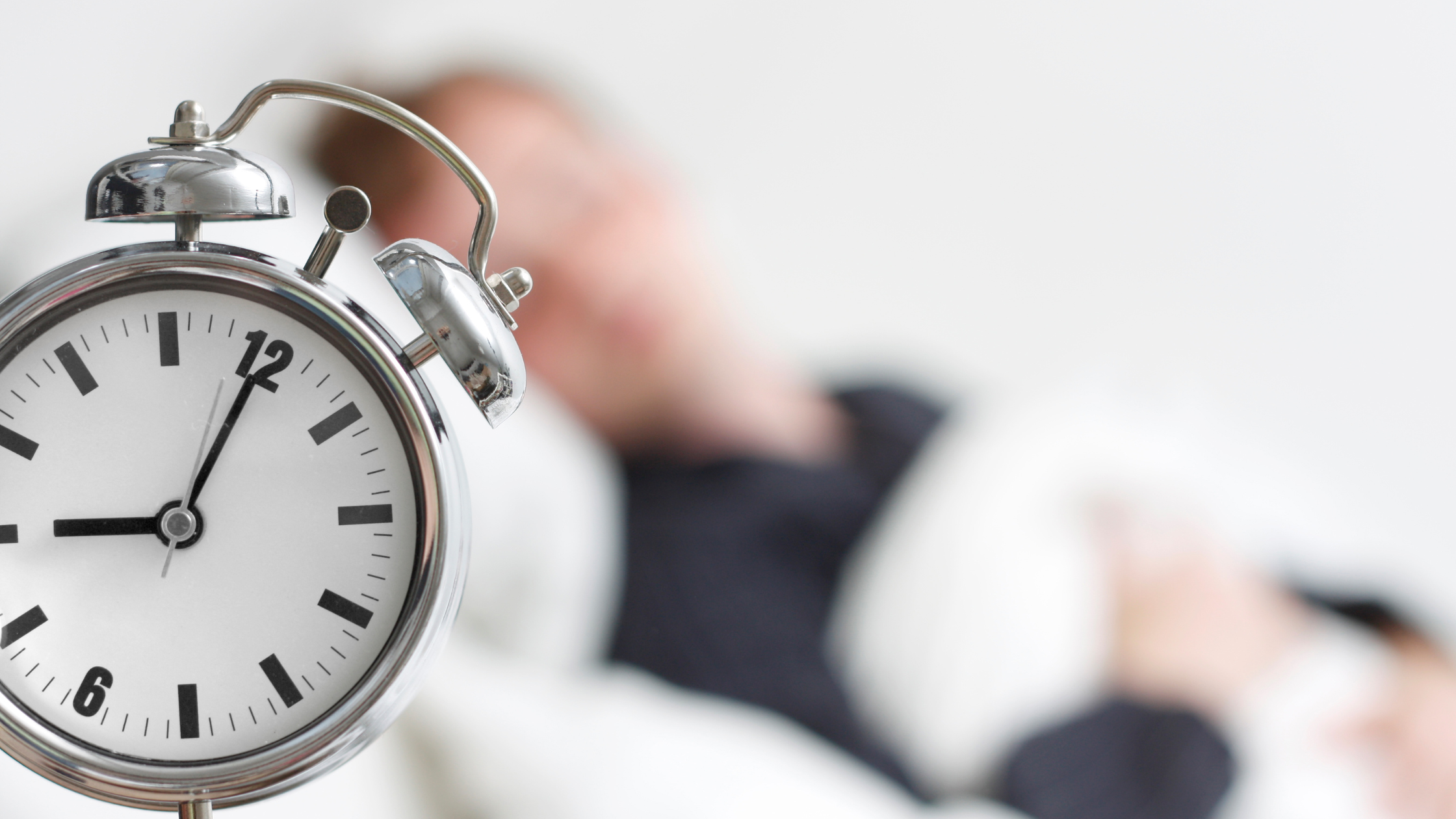
- March 6, 2015
- Katlin Owens
Sleep Awareness Week: An Interview with Safety Manager, Traci Crane
According to the National Sleep Foundation, March 2-8, 2015 is recognized as Sleep Awareness Week. The week is observed in an effort to educate the public on the importance of sleep, and the week ends with the Daylight Savings Time “spring ahead” clock change.
We wanted to take this opportunity to speak to safety manager, compliance, Traci Crane, about a sleep disorder that affects millions of Americans, and a number of professional drivers: sleep apnea. We asked Traci some questions about sleep apnea, who it affects and how it is treated. Check out Traci’s very informative interview below.
Q: What is sleep apnea?
A: According to the American Sleep Apnea Association, there are three types of sleep apnea: obstructive, central and mixed. Of the three, obstructive sleep apnea, or OSA, is the most common. While they each have a different root cause, people with any untreated sleep apnea will stop breathing repeatedly during their sleep. Sometimes, episodes can occur hundreds of times during the night and often for a minute or longer.
OSA is caused by a blockage of the airway. In most cases, the soft issue in the rear of the throat collapses and closes during sleep. With each apnea event, the brain recognizes that the body is no longer breathing and rouses the sleeper in order to signal breathing to resume. In most cases the sleeper is unaware of these momentary stops in breathing because they don't trigger a full awakening. This results in the patient’s sleep being extremely fragmented, which can lead to daytime fatigue, as well as other health issues.
It is estimated that more than 18 million Americans suffer from sleep apnea.
Q: What are common symptoms of sleep apnea?
A: A major symptom is extremely loud snoring. Other indications that sleep apnea may be present are obesity, persistent daytime sleepiness, bouts of awakening out of breath during the night and frequently waking in the morning with a dry mouth or a headache. Only a sleep study in a sleep laboratory or a home sleep study can show definitively if sleep apnea is present and how severe it is.
Q: Why is sleep apnea common in professional drivers?
A: Let’s face it; being a truck driver is not always conducive to a healthy lifestyle. Between truck stop meals and limited exercise, a driver’s wellbeing can be impacted dramatically, especially if healthy steps aren’t taken. Significant weight gain along with many other health issues can lead to the possibility of sleep apnea. Additionally, being over the age of 40 puts you at an even greater risk. Many drivers fall into this demographic.
Q: What are some ways to avoid sleep apnea?
A: As best as possible, try to maintain a healthy lifestyle. A healthy diet and moderate exercise will go a long way in avoiding sleep apnea and many other medical conditions. There are a lot of great resources on the Internet to show drivers how to eat healthy on the road and find ways to get out and exercise. No doubt, staying healthy and active while over the road is a challenge, but it can be done. You just have to be creative.
Q: Are there any treatments?
A: Depending on the severity of the sleep apnea, there are a couple different treatment options. In most cases, the use of a Positive Airway Pressure (PAP) device helps prevent the sleeper’s airway from collapsing. There are various types of PAP equipment that can be used based on the severity of the sleep apnea. There are also dental devices that can be worn while sleeping that reposition the lower jaw slightly forward to assist with keeping the airway open.
Q: Why is it so important to treat/avoid sleep apnea?
A: Left untreated, sleep apnea can have serious and life-shortening consequences: high blood pressure, heart disease, stroke, automobile accidents caused by falling asleep at the wheel, diabetes, depression and other serious risks.
Q: In your experience, is sleep apnea easy to overcome for professional drivers/others?
A: Yes it is. Depending on the severity of the sleep apnea, people have a couple of options. With lifestyle changes and weight loss, an individual diagnosed with mild OSA could show improved breathing and not require any additional treatment. Those individuals who have been diagnosed with moderate to severe OSA can usually see improvement with a C-PAP machine which can be used at home or over the road in a commercial vehicle. Sleep apnea does not need to be a career-ending diagnosis.
Q: Do you have any personal anecdotes pertaining to sleep apnea?
A: I’ve been married to a snorer for nearly 18 years. We’re talking a real window rattler. Earplugs couldn’t block out his snoring. It wasn’t until I moved into my role as Compliance Manager that I became aware of sleep apnea and some of its symptoms. From there, I identified signs of possible OSA in my husband. I encouraged him to speak to his physician and through a home sleep study he was identified as having OSA. He now has a C-PAP machine and we are BOTH sleeping much better!
Stay healthy, and sleep well!
Leave Your Comment
Many desktop publish packages web page editors now use model text
search for sites their infancy.